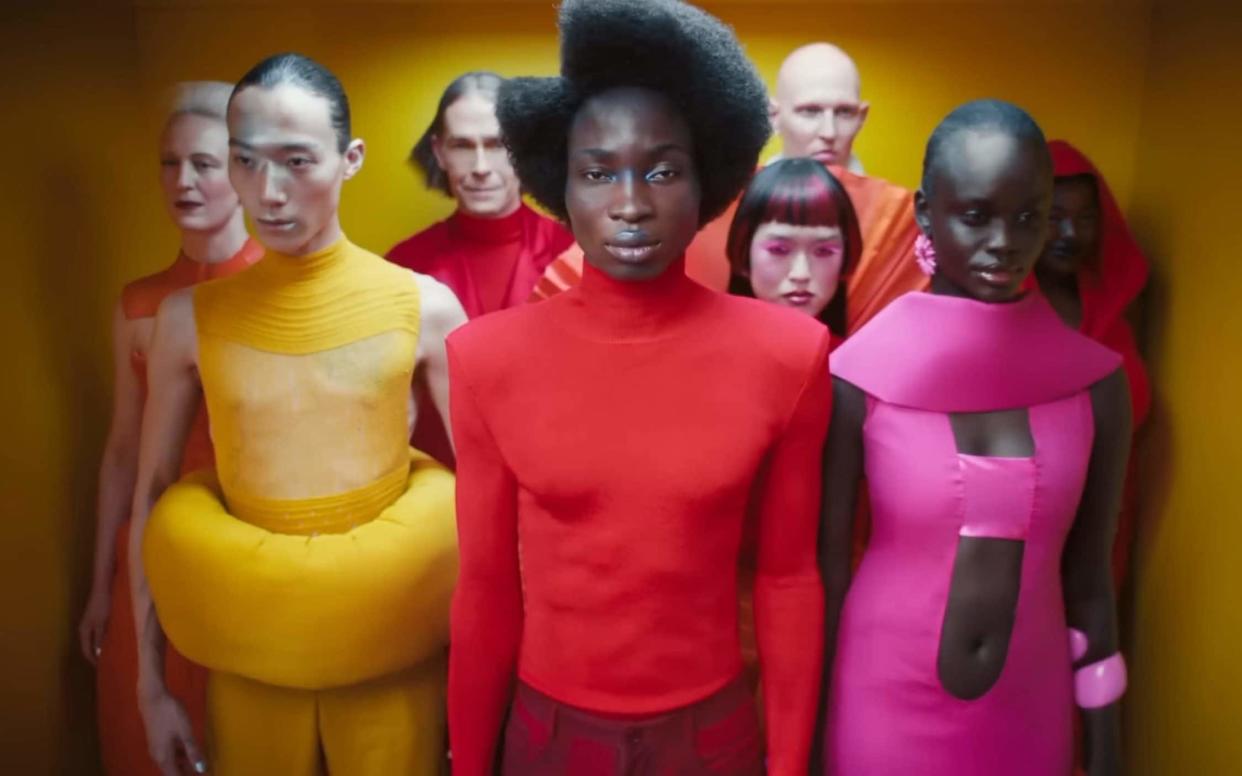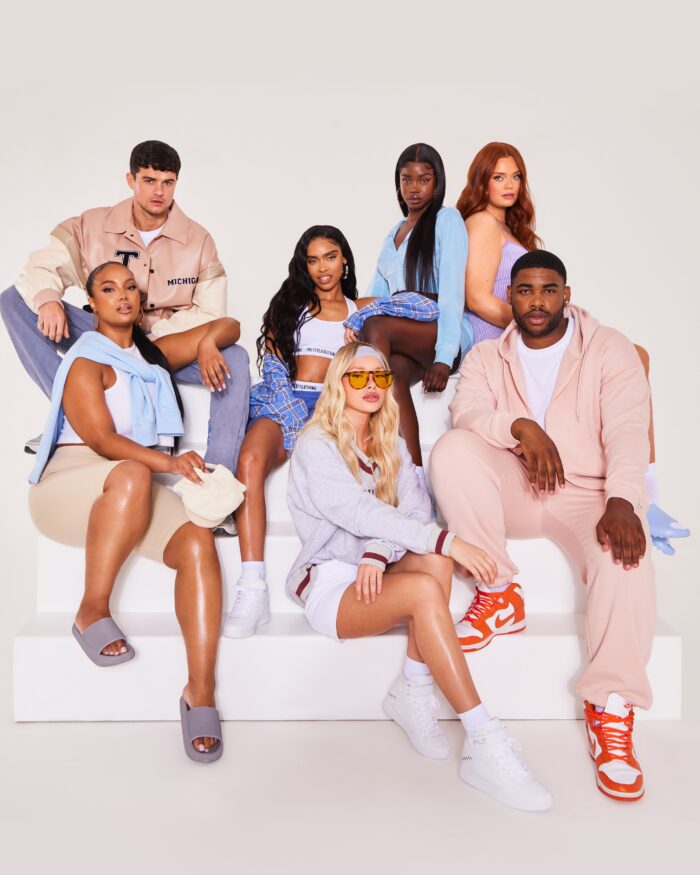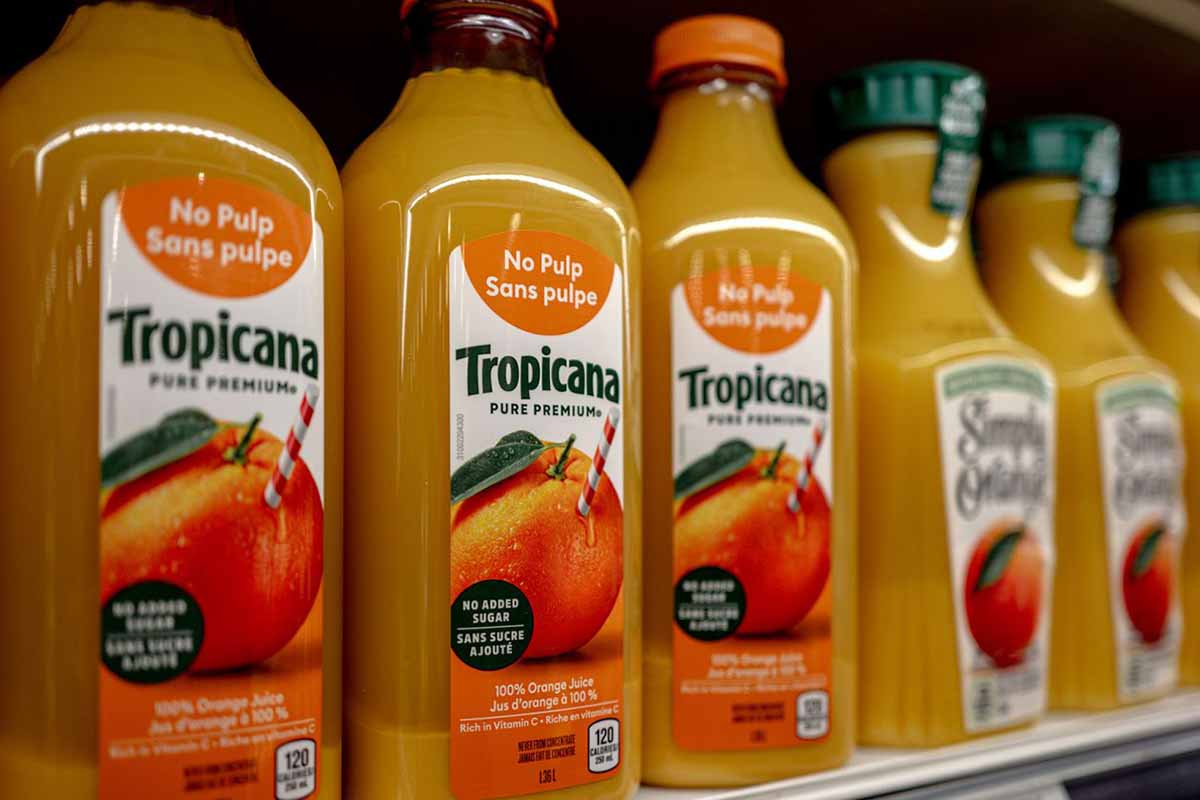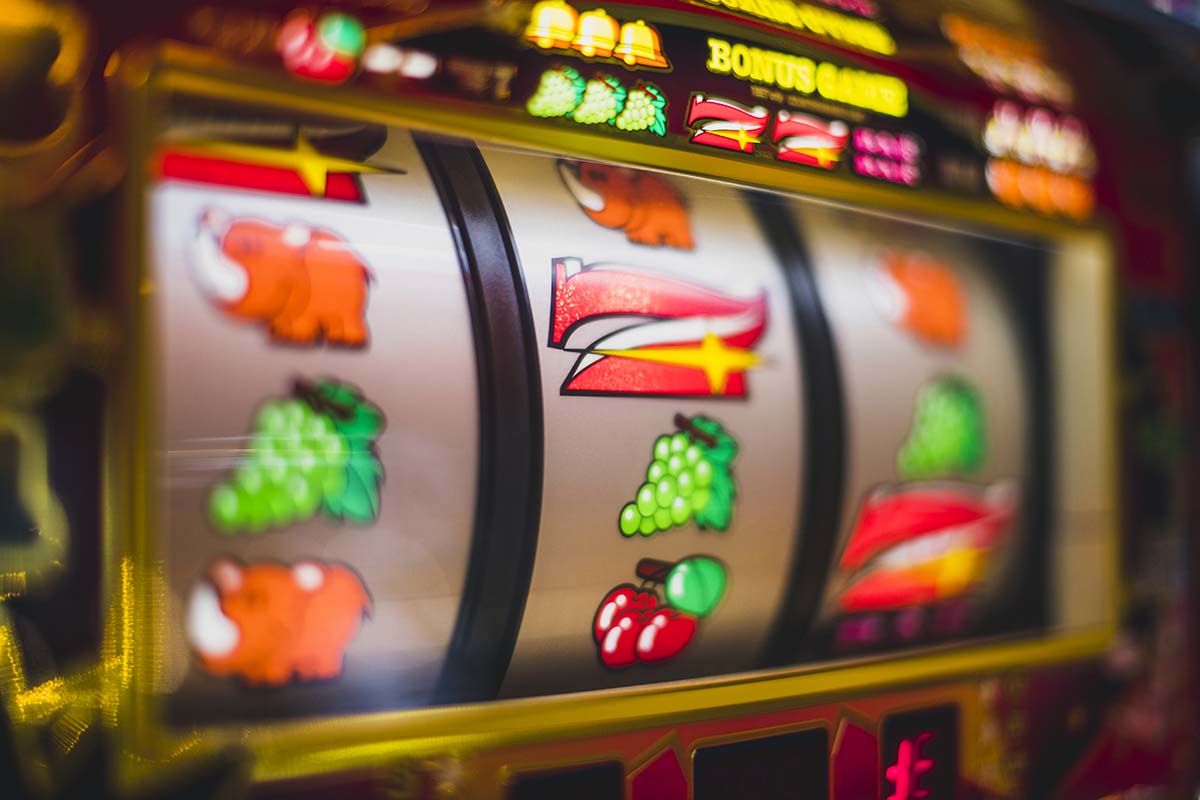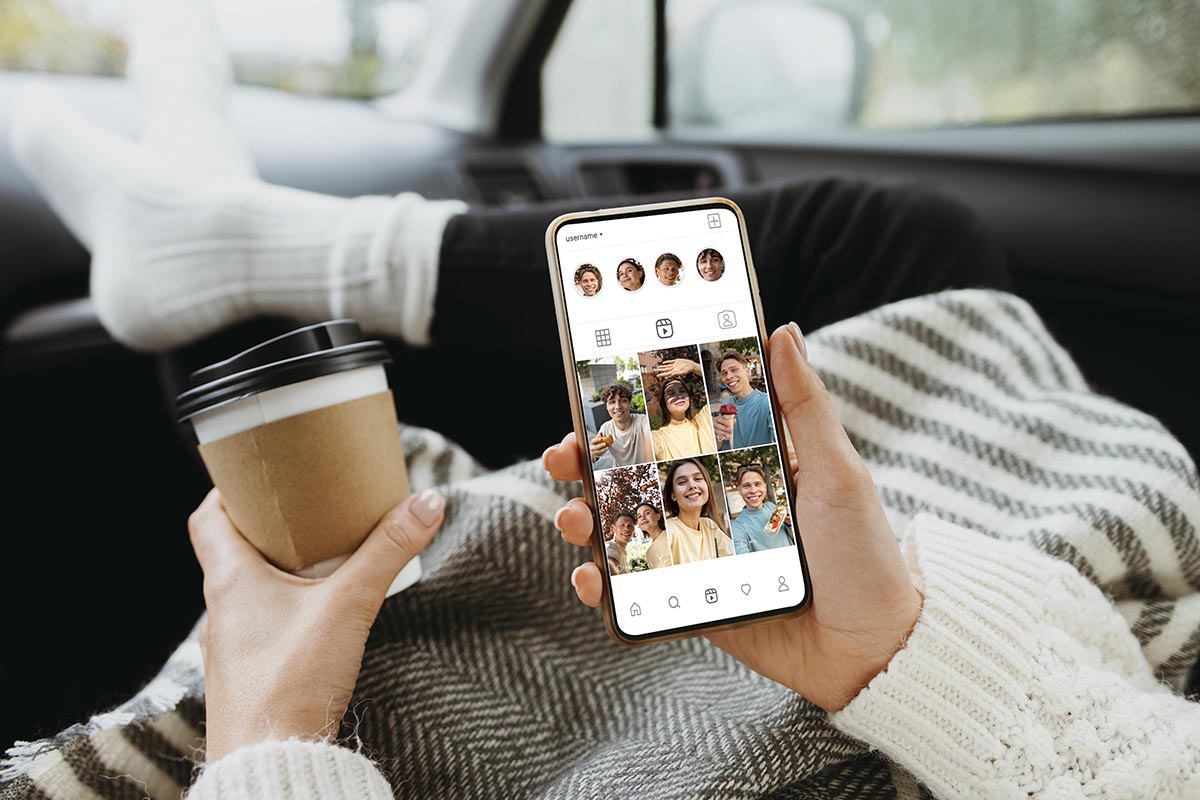When, Why, and Why Not to Rebrand: 5 Smart Moves from Bold Brands
Key Points
- Rebranding isn’t about aesthetics—it’s about meaning. Know why you’re doing it and what emotional shift your audience needs to feel.
- Test messaging with segmented audiences before going all in. Don’t assume everyone wants the same story—tailor by age, values, and behavior.
- Sync your campaign across visuals, tone, and experience. From TikTok to your website to packaging—make it one story, one vibe.
Rebranding is one of the most powerful tools a business can use—but only when done with intention.
Whether you’re dealing with a crisis, expanding, or trying to stay relevant with Gen Z, rebranding should always be rooted in strategy, emotional intelligence, and market insight.
Today’s most effective brands often draw inspiration from modern minimalism and the owning less movement, focusing on clarity, authenticity, and meaningful connection instead of excess.
Let’s break down five distinct situations when rebranding either became a smart pivot—or a painful misstep—and explore how brands like Jaguar, PrettyLittleThing, Amazon, LEGO, and Acura used emotional targeting, segmentation, and even cinematic storytelling to make the shift work.
Rebranding in Times of Crisis: Turning Failure into Headlines
Sometimes brands don’t just want attention—they need it.
Take Jaguar, the iconic British carmaker.
Facing declining sales and a dusty perception of being a “dad brand,” they announced a full electric rebrand, aiming to reposition as a luxury EV competitor with a younger, tech-savvy image.
Rather than simply tweak the logo, Jaguar leaned into a transformative brand story: future-forward design, sleek cinematic campaigns, and a bold declaration to become all-electric by 2025.
Jaguar’s shift wasn’t just visual. It was strategic storytelling.
Their “Reimagine” campaign created urgency and intrigue, positioning the brand at the intersection of heritage and innovation.
The key? They didn’t just rebrand—they reframed why they exist in the future of mobility.
✅Takeaway: When your current image no longer serves you, crisis can become a catalyst—but only if your new story speaks to the desires and frustrations of your audience.
Rebranding for Expansion: When You’ve Outgrown Your Box
Expansion isn’t just about offering more—it’s about being seen differently.
Amazon: From Bookstore to Global Infrastructure
Amazon started as an online bookstore, but its massive rebrand was less about a new logo and more about an evolution of purpose.
As Amazon scaled into new verticals—electronics, fashion, groceries, and even cloud computing (AWS)—its brand identity shifted from being “a place to buy books” to “the everything store.”
What’s important here is the shift in positioning and messaging. Amazon leaned into convenience, speed, and personalization—key values for Gen Z and millennials.
With tools like predictive suggestions and one-click purchases, Amazon didn’t just sell things—it started solving time and trust issues.
That’s emotional marketing at its core.
LEGO: From Plastic Bricks to Multimedia Empire
LEGO offers another great example. Known for decades as a children’s toy, the brand risked becoming irrelevant in a digital-first world.
Instead of clinging to its legacy, LEGO expanded into new spaces: movies (The LEGO Movie), video games, collaborations with brands like Star Wars and Adidas, and even immersive retail experiences.
This was more than diversification. LEGO tapped into nostalgia for millennials while creating cinematic, cross-generational experiences that kept Gen Z engaged.
Their success lies in creating emotional universes around their product—leveraging story-based branding and cultural relevance.
PrettyLittleThing: Fast Fashion to Lifestyle Influence
PrettyLittleThing (PLT), once known for fast fashion for young women, has been steadily repositioning as a lifestyle brand.
From launching PrettyLittleThing Marketplace (their resale platform) to high-profile collabs with celebrities like Molly-Mae Hague and Saweetie, PLT evolved from a trendy fashion site to a digital-first powerhouse with lifestyle, beauty, and second-hand fashion verticals.
What’s smart?
They built campaigns that synced with their Gen Z base’s values—sustainability, accessibility, and social influence.
PLT didn’t abandon their roots; they expanded their identity, tapping into cinematic and synchro marketing—timed launches, limited drops, behind-the-scenes content, and storylines that move across TikTok, YouTube, and Instagram seamlessly.
✅Takeaway: If your offerings are evolving, your brand must reflect that new dimension—across touchpoints, platforms, and personas.
Rebranding to Elevate Your Image: When You Want to Be Taken Seriously
Not all rebrands are about survival. Sometimes, they’re about maturity.
A great example: PLT subtle visual and editorial evolution over the years. Once known for neon, sass, and party looks, they gradually introduced more “elevated” collections, muted tones, and lifestyle shoots with neutral backgrounds and artistic angles.
This wasn’t accidental. As Gen Z aged into their mid-20s, their aesthetic preferences matured—and PLT followed suit.
This is where segmentation becomes essential: the brand recognized that not all Gen Zers are 19 forever.
Some grow into minimalism, wellness, and curated living. So, PLT started segmenting content by mood, style, and value system.
Similarly, Acura—a brand once known as a safe, upper-middle-class carmaker—recently underwent a rebrand aimed squarely at Gen Z.
Their Type S campaigns featured short, moody, cinematic visuals, street culture aesthetics, and aggressive lighting, launching on social media first, not television.
Acura understood that to reach Gen Z, you can’t just change the logo—you must speak their language, visually and emotionally.
✅Takeaway: Rebranding for prestige means understanding your audience’s aspirations and how they want to see themselves through your brand.
Rebranding Gone Wrong: When Change Creates Confusion
Not every bold move pays off.
Tropicana infamous 2009 redesign is a cautionary tale.
Eager to modernize their packaging, they swapped out their iconic orange-with-a-straw image for a minimalistic, abstract design.
The result? A 20% drop in sales within weeks.
Customers didn’t recognize the product on shelves. The company lost $30 million before reverting to the original look.
The lesson here is simple: don’t fix what isn’t broken.
If your brand has strong visual equity or emotional resonance, changing it without clear strategic alignment (or user testing!) can alienate loyal buyers.
Emotional marketing is powerful—but it must be earned, not forced.
✅Takeaway: If customers don’t understand why you changed, they might just walk away.
Rebranding Gradually: Evolving Without Shocking
Sometimes, the best rebranding is so well-timed, you barely notice it happening.
Rihanna transition from pop icon to beauty mogul wasn’t an overnight rebrand—it was a layered rollout of Fenty the brand before she stepped back from Rihanna the singer.
Through clever cinematic storytelling, authenticity, and community-driven content, she created emotional trust.
Each Fenty launch felt like a cultural event, speaking to underrepresented beauty needs while using synchrony across platforms.
This is synchro-marketing in action: every campaign, PR event, product drop, and tweet felt aligned with a single mission.
And it worked. She’s now viewed as a visionary entrepreneur just as much as a music artist.
✅Takeaway: Rebranding doesn’t always require a loud announcement. Sometimes, growing with your audience is more powerful than flipping the switch.
What Makes a Rebrand Work Today?
✅Across all five examples, one truth stands out: brands that win at rebranding don’t just change their colors—they change the conversation. And to do that, you need:
- Pain Point Awareness: Understand what your audience is struggling with—emotionally, socially, and practically.
- Audience Segmentation: Not everyone you serve thinks the same. Separate your audience by values, behaviors, and stages of life.
- Cinematic Campaigns: Today’s consumers want to feel something. Use visual storytelling to evoke emotion and spark identity.
- Platform Syncing: Your messaging must move fluidly across platforms. Gen Z expects consistency, not repetition.
Final Thought: Rebranding is a Story, Not a Switch
If you’re considering a rebrand, ask yourself this:
Are you reacting—or reimagining?
Rebranding without strategy is decoration.
Rebranding with intention is transformation.
And if you’re ready to explore how brand storytelling, audience analysis, and cinematic marketing can elevate your business, check out our guide on emotional segmentation and synchro-marketing for Gen Z.
